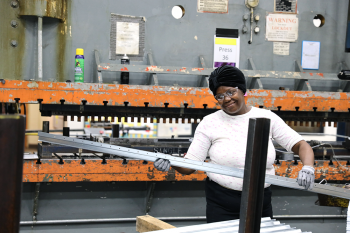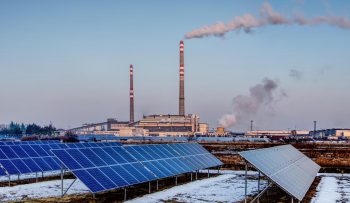environmental justice
Introduction
The clean energy economy must be centered around justice and equity for all Americans and support communities that have historically been left behind by environmental policies. But we can only achieve this just and equitable transition through intentional advocacy that prioritizes environmental justice and creates regenerative, sustainable economic wealth in local communities.

What is Environmental Justice?
According to the Unites States Environmental Protection Agency, Environmental justice is the fair treatment and meaningful involvement of all people regardless of race, color, national origin, or income with respect to the development, implementation and enforcement of environmental laws, regulations and policies.
Fair treatment means no group of people should bear a disproportionate share of the negative environmental consequences resulting from industrial, governmental and commercial operations or policies.
Meaningful involvement means:
- People have an opportunity to participate in decisions about activities that may affect their environment and/or health;
- The public’s contribution can influence the regulatory agency’s decision;
- Community concerns will be considered in the decision making process; and
- Decision makers will seek out and facilitate the involvement of those potentially affected.
Overview
Scientists agree that climate change is caused by an increase of GHG emissions in the atmosphere. GHG emissions in the United States come from a variety of different economic sectors, with the most prominent sectors being the electric power (28%) and transportation (28%) sectors, followed by industry (22%), commercial and residential consumption (11%) and agriculture (9%).1
There is no one technology that can reduce all U.S. GHG emissions to zero, and SEIA works alongside partners in other industries such as wind and energy storage to advocate for a broad transition to a clean energy economy. Solar technologies are a crucial component of our nationwide effort to curb emissions and achieve ambitious climate goals. Solar energy is not just a solution that can help mitigate our impact on the climate, it also contributes to the resilience and reliability of our electric grid, making America more energy secure in the face of increased natural disasters and powerful storms that become more frequent in a changing climate.
How does Environmental Justice relate to the solar industry?
Community solar & financing for system ownership opens accessibility to those who might not otherwise be able to access solar due to physical roofing constraints or financial hurdles.
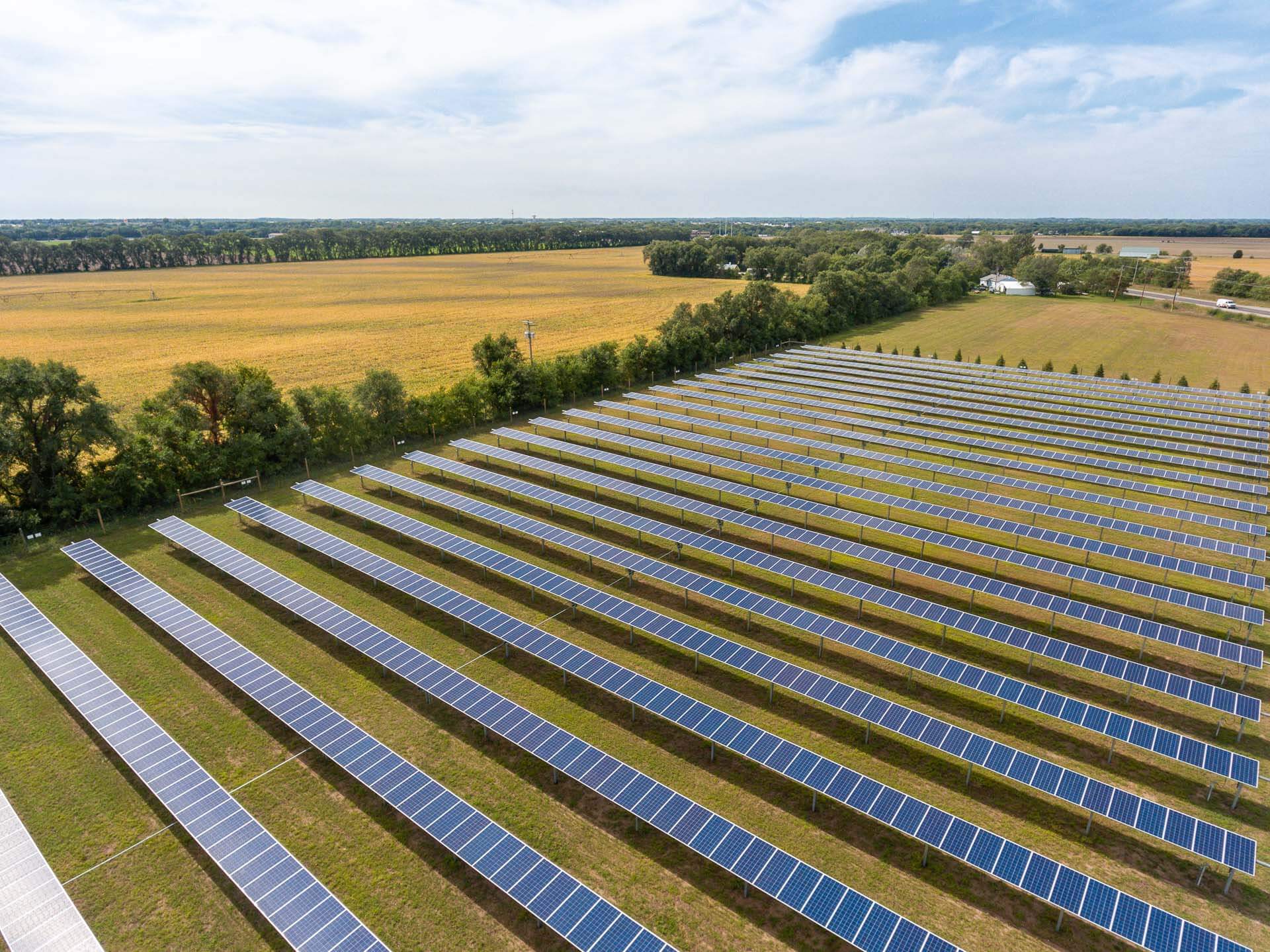
The location of solar projects, particularly utility-scale, have impacts on the surrounding community. Proper community engagement can ensure that frontline and fenceline communities receive the benefits of clean energy while not being subject to any adverse impacts from siting decisions.

Climate change impacts everyone but poses a disproportionate threat to people of color. The growth of solar can help decrease overall carbon emissions and mitigate the impacts of climate change on disadvantaged communities, while also lowering other harmful pollutants that carry health care risks.
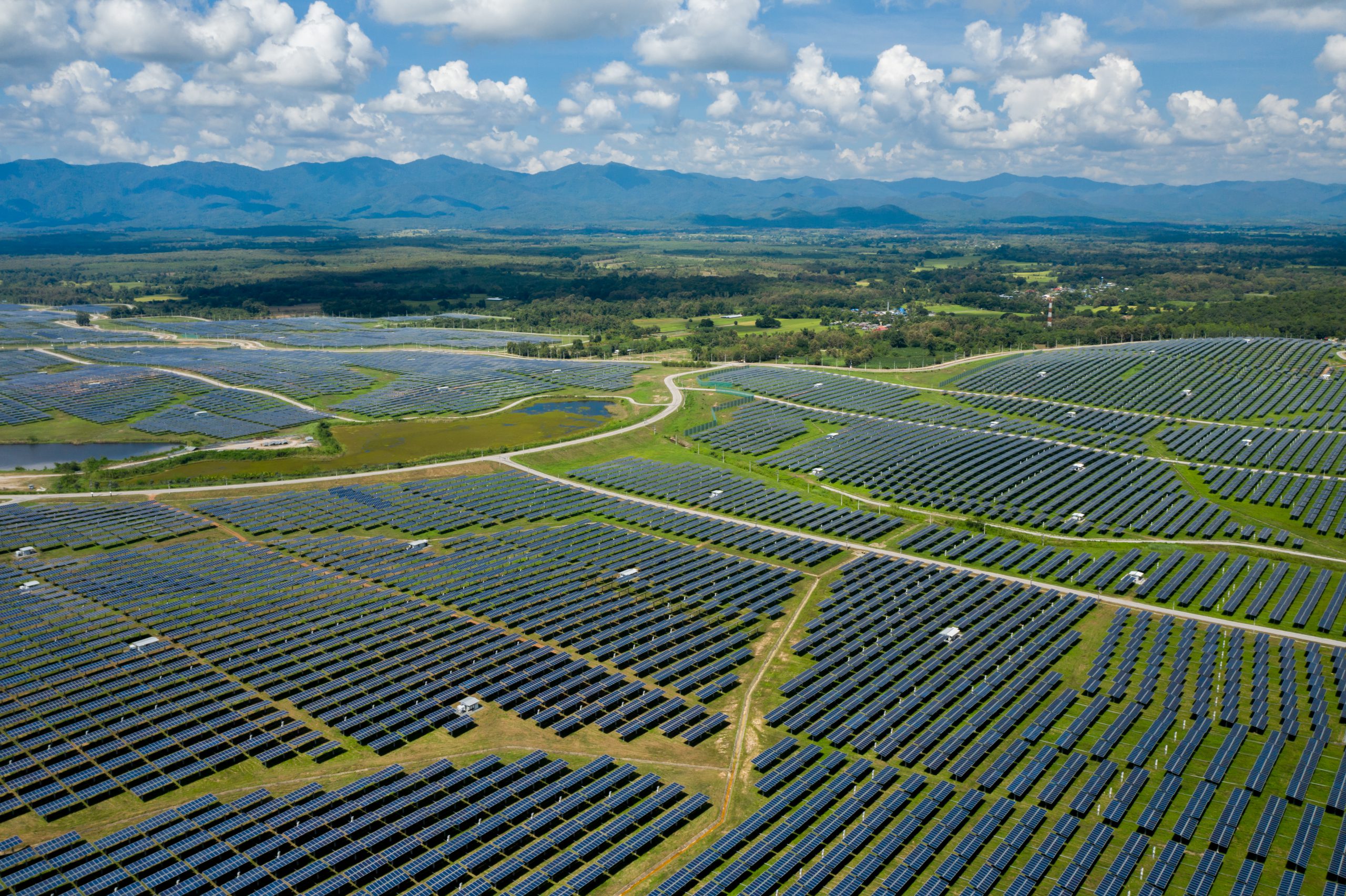
The community should be allowed to participate and weigh in on decisions related to solar development that impact them directly. The community should be engaged when possible so they can benefit from workforce and training opportunities.
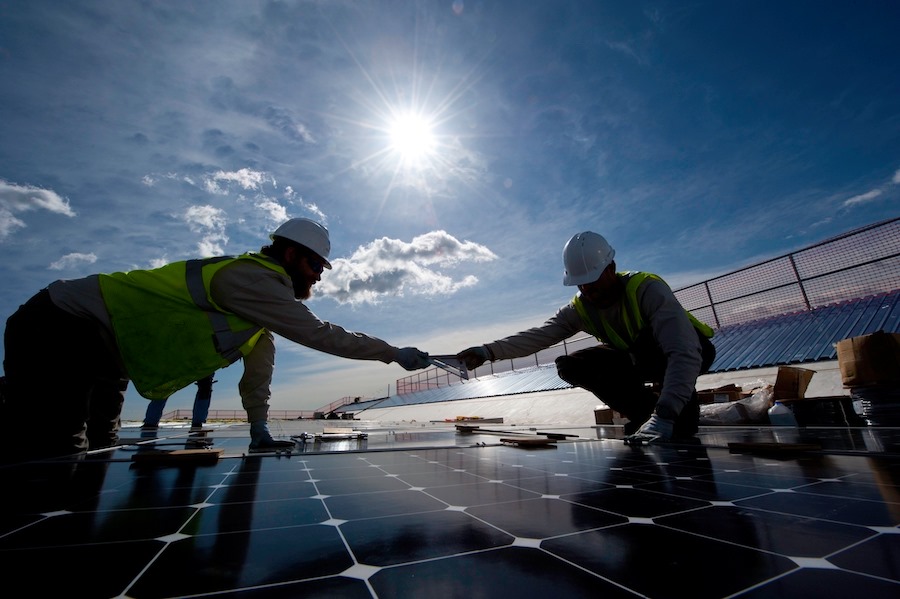
How Can the Solar Industry Advance Environmental Justice?
The solar industry has a role to play in advancing environmental justice. In April 2021, SEIA announced environmental justice priorities through a new policy platform that will support the organization’s advocacy efforts. As your organization considers how it can make a positive impact, please consult SEIA’s guiding policy principles.
The policy platform lays out policies that expand access to clean energy and create industry jobs and workforce development training. It includes possible tax, climate, energy access and labor policies that build on SEIA’s ongoing commitment to diversity, equity, inclusion, and justice throughout the solar value chain. Major takeaways on how the industry can advance environmental justice are summarized below.
- Utilizing solar to expand access to low-cost clean energy;
- Providing career pathways to underserved communities;
- Leveraging government procurement and infrastructure to create economic opportunity for low-income communities;
- Tax policies and programs that remove barriers to access financing for rooftop solar;
- Climate resilience and disaster preparedness programs that include onsite solar, storage, other electricity resilience measures;
- Siting and permitting processes for large-scale renewable energy projects that are conducted in consultation with impacted communities;
- Clean energy curricula for K-12, trade/technical/vocational schools, community colleges, and higher education, with an emphasis on HBCUs, tribal colleges and other minority-serving institutions; and
- Fostering environmental justice expertise in agencies with jurisdiction over energy, climate and environmental policy.
